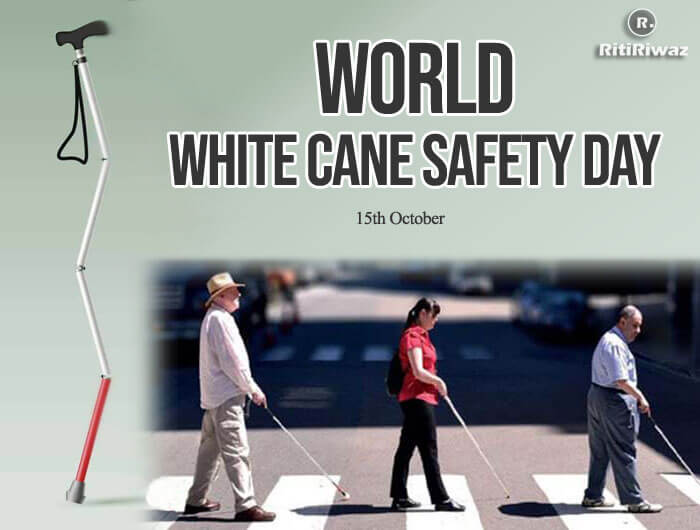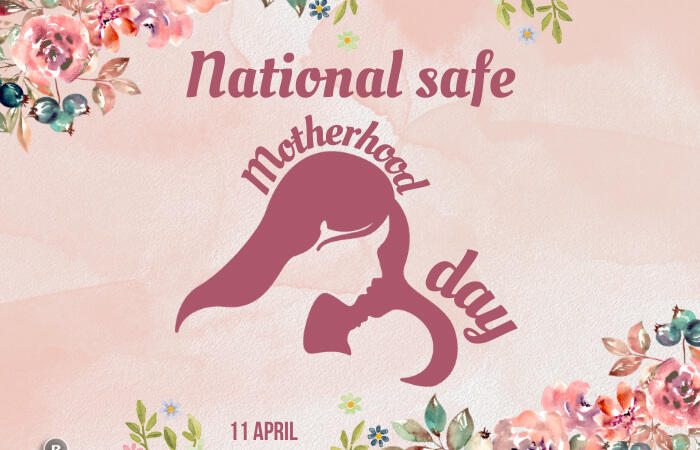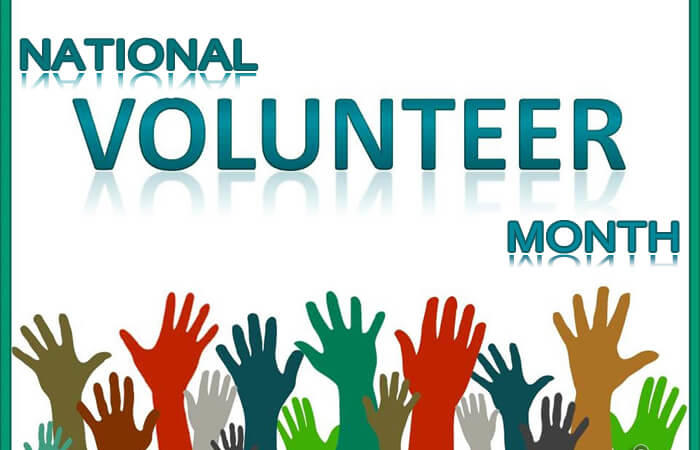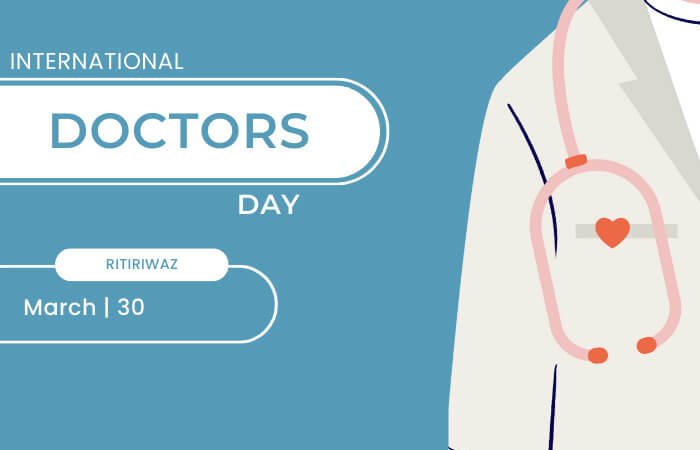World White Cane Safety Day

World White Cane Safety Day is observed on 15th October around the world, and it aims to encourage blind people to use the white cane as a tool of mobility. It is considered the exclusive symbol of visually impaired persons. It also seeks to raise public awareness of blind people’s fundamental rights and discuss the problem of their social exclusion.
The feeling of dependence is minimal of a visually impaired person who uses a white cane and it serves as a symbol of safety, self-respect, and independence. The prime objective of this day is the removal of socioeconomic, cultural, and environmental issues and obstacles faced by the visually impaired by educating the world about blindness and how the visually impaired can live and work independently and celebrate the abilities and successes achieved by blind people in a sighted world.
Our annual observance of White Cane Safety Day gives us the opportunity not only to celebrate the accomplishments of those who use the white cane as their choice of a mobility aid but also to renew our commitment to removing those barriers, both physical and attitudinal, that prevent people with disabilities from reaching their full potential.
History of World White Cane Safety Day
According to the American Council of the Blind, the white cane was first introduced in the United States in 1931 by a member of Lions Club International, after he saw an individual crossing a busy street with a black cane that seemed to be extremely difficult for motorists to notice.
On October 6, 1964, Congress passed a joint resolution to grant the President of the United States the power to proclaim October 15th of each year as White Cane Safety Day. President Lyndon B. Johnson proclaimed the first White Cane Safety Day within hours of the passage of the resolution. In 2011, White Cane Safety Day was also named Blind Americans Equality Day by President Barack Obama.
Additionally, in 1969, the International Federation of the Blind adopted October 15th as International White Cane Safety Day. The purpose is to increase awareness about the white cane and what it represents. The day is now seen around the world and sees the movement of blind people from dependence to active participation in society. It also celebrates the success of the blind.
Why White Canes
The white cane helps persons with visual impairment to move around safely, scanning the environment for obstacles. Different types of white canes (static tip, rolling tip, folding, laser-guided, smart canes, etc) are used according to the preferences and requirements of individual users.
The white color of the cane also provides the information to people in the surroundings that the person using the cane is with visual impairment, and they should provide required facilitation. If you see someone using a red and white-stripped cane, it means that the person is deaf-blind (with hearing and visual impairment).
With proper training and practice, mobility becomes reasonably convenient for children and adults with visual impairment.
What needs to be done?
As you know, the white cane is an important tool that helps visually impaired people move about freely and safely. It is a sign of independence. This is because we understand that visual impairment affects every aspect of a person’s life and that this challenge is often not evenly distributed.
One of the key objectives of the Sustainable Development Goals (SDGs) is not to leave anyone behind. The UN will continue to strengthen relations with the Governments and disability organizations in order to implement the UN Convention on the Rights of Persons with Disabilities and to ensure that disability is focused on the implementation of the SDGs and in doing so, leaves no one behind.
It is also important to create an enabling environment for people with visible disabilities so that they can access and enjoy the social, economic, and political benefits arising from development programs on an equal footing with their non-disabled partners.
A lot of people feel a lot of pity for the blind and visually impaired and they can be self-sufficient in their environment. They can have jobs, they can have families, and they can move about their life the same way you and I can with their cane.
Suggested Read: Important Days In October






